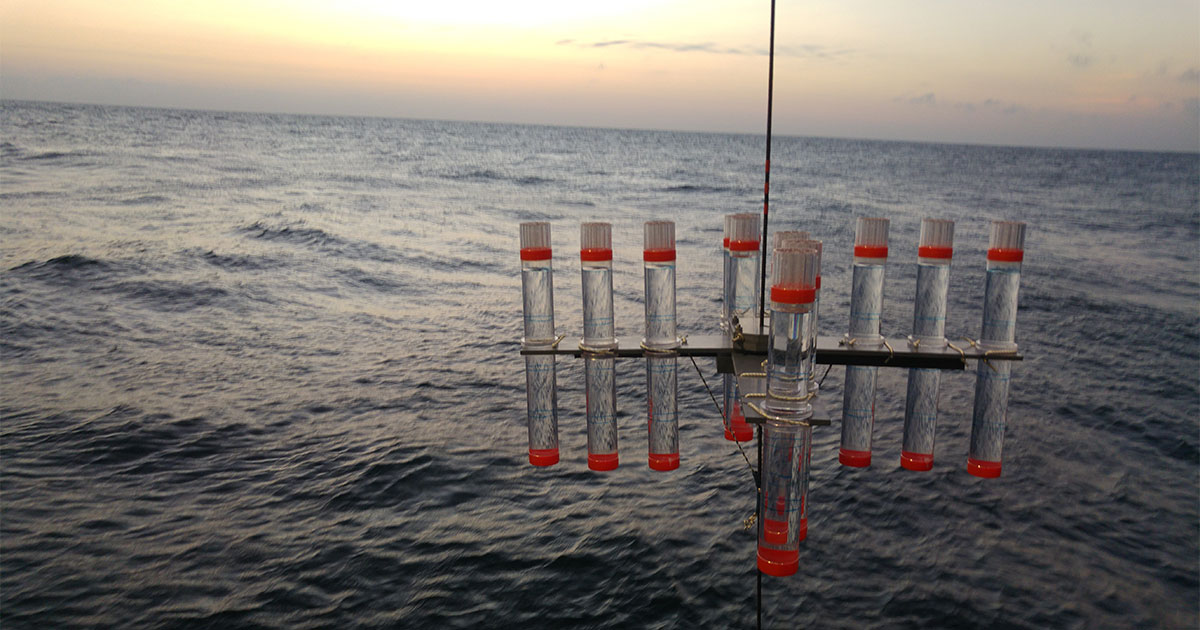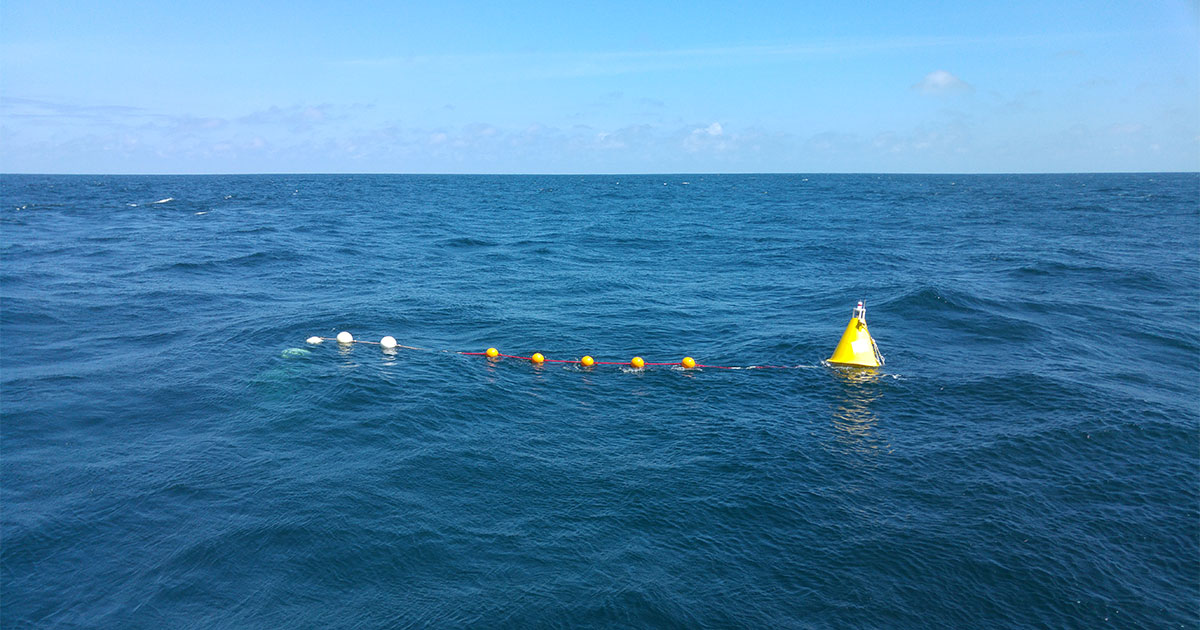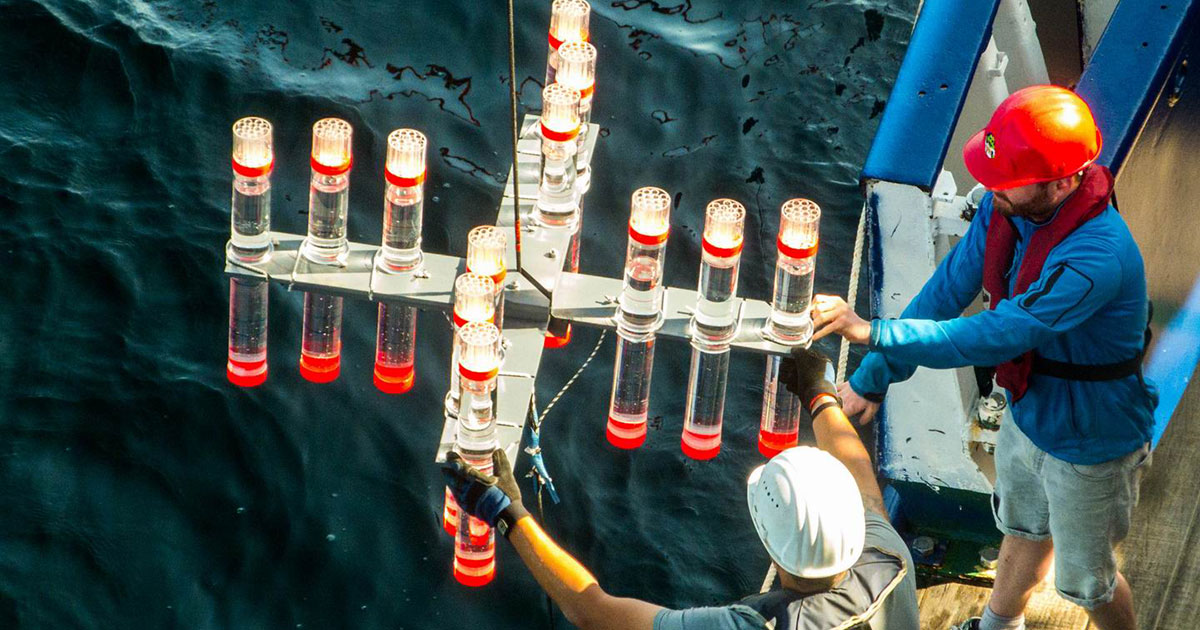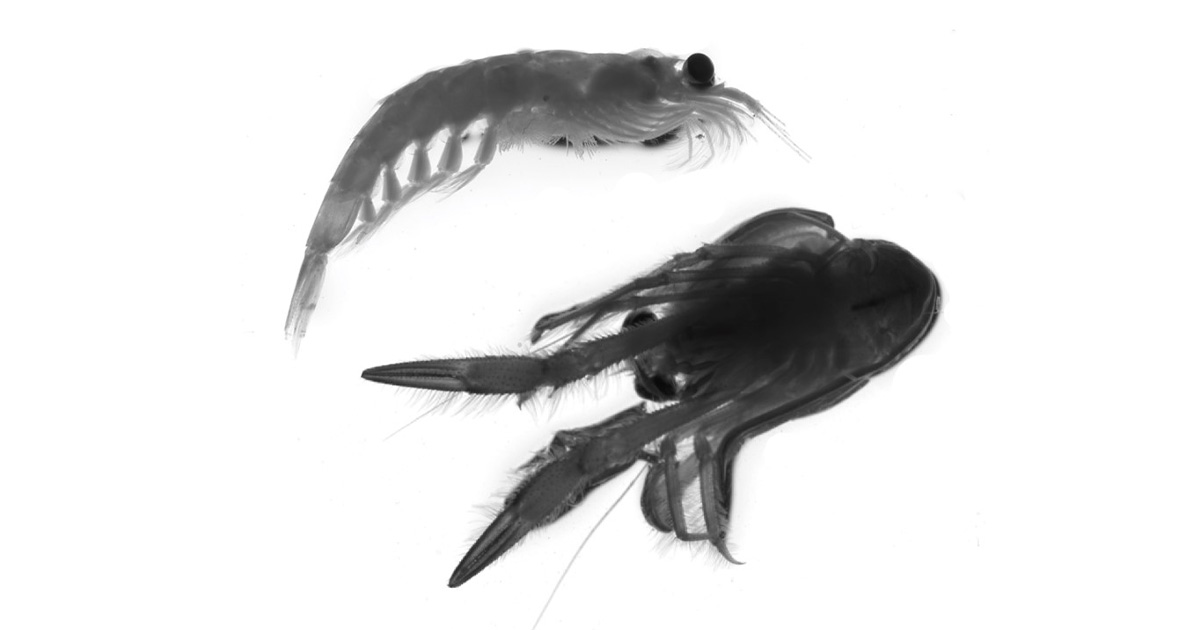Marine organisms play a crucial role in the global carbon cycle. Phytoplankton absorb carbon dioxide from the atmosphere and sequester it in organic matter that sinks to the deep ocean where it can be stored for long periods of time.
Until now, this process—the biological carbon pump—was thought to be particularly efficient in oxygen-poor areas. A new study by researchers at the GEOMAR Helmholtz Centre for Ocean Research Kiel suggests that the influence of certain zooplankton species on the biological carbon pump has been underestimated. The scientists have published their findings in the journal Communications Earth & Environment.
In the ocean, organic particles from the sunlit surface water sink to the bottom. This process is an important part of the biological carbon pump. It binds carbon dioxide (CO2) from the atmosphere and provides energy to deep-sea ecosystems. Previous research has suggested that the biological pump is particularly efficient in areas with an oxygen minimum zone (OMZ) below the surface. Due to the lack of oxygen, particle consumers such as zooplankton could not effectively reduce the export of carbon to the deep sea. Researchers from the GEOMAR Helmholtz Centre for Ocean Research Kiel challenge this assumption in a new study published in the journal Communications Earth & Environment. Using the tropical upwelling system off the coast of Peru as an example, they were able to show the influence that zooplankton species can have on the efficiency of the biological carbon pump in these areas.
 Twelve acrylic Particle Interceptor Tubes (PITs) mounted on a PVC cross frame were deployed per depth. Up to eight cross frames with PITs were attached to a line with a bottom weight and a set of surface and underwater floats. (Image credit: Jon Roa, GEOMAR)
Twelve acrylic Particle Interceptor Tubes (PITs) mounted on a PVC cross frame were deployed per depth. Up to eight cross frames with PITs were attached to a line with a bottom weight and a set of surface and underwater floats. (Image credit: Jon Roa, GEOMAR)
The researchers were able to show that zooplankton species that are tolerant to oxygen deficiency consume sinking particles and thus attenuate the export fluxes of carbon to the deep sea. They investigated the carbon fluxes and their attenuation off the coast of Peru in an area with a millennia-old permanent oxygen minimum zone. To this end, the scientists collected samples in the Humboldt Current on two expeditions with the research vessel METEOR (M136 and M138) in April and June 2017. They deployed drifting sediment traps six times to collect and chemically analyze sinking particles in the OMZ at depths of between 50 and 600 meters. The team also used vertical Multi-Net hauls, which collect plankton samples from different depths, and an Underwater Vision Profiler (UVP5), a pressure-resistant underwater camera, to obtain high-resolution data on the occurrence of various zooplankton species.
 Drifting sediment trap with surface floats and buoy in the Humboldt Current off Peru. GPS/iridium devices and flashlights are attached to the surface buoy to help locate and retrieve the trap after deployment. (Image credit: Jon Roa, GEOMAR)
Drifting sediment trap with surface floats and buoy in the Humboldt Current off Peru. GPS/iridium devices and flashlights are attached to the surface buoy to help locate and retrieve the trap after deployment. (Image credit: Jon Roa, GEOMAR)
“Based on several independent methods, our results provide consistent evidence that zooplankton interact with sinking particles even in low-oxygen systems, thereby reducing carbon export to the deep sea. The species found off Peru are well adapted to living under low-oxygen conditions. Low-oxygen zones that have recently developed, e.g., due to eutrophication, are generally avoided by animals,” says the corresponding author of the study, Dr. Anja Engel, Professor of Biological Oceanography and Head of the Marine Biogeochemistry Research Unit at GEOMAR.
 Deployment of the sediment trap on board the research vessel METEOR. (Image credit: Jon Roa, GEOMAR)
Deployment of the sediment trap on board the research vessel METEOR. (Image credit: Jon Roa, GEOMAR)
The results challenge the previously prevailing assumption of a uniformly efficient biological carbon pump in oxygen minimum zones. “Zooplankton once again proves to be a key player in the regulation of the carbon pump,” explains Dr. Engel. In view of their findings, the authors call for a significant increase in observations and knowledge of deep-sea ecosystems in order to make reliable predictions about the marine carbon cycle.
Original publication:
Engel, A. et al (2023): Hypoxia-tolerant zooplankton may reduce biological carbon pump efficiency in the Humboldt current system off Peru. Communications Earth & Environment. https://doi.org/10.1038/s43247-023-01140-6 | http://www.nature.com/commsenv



